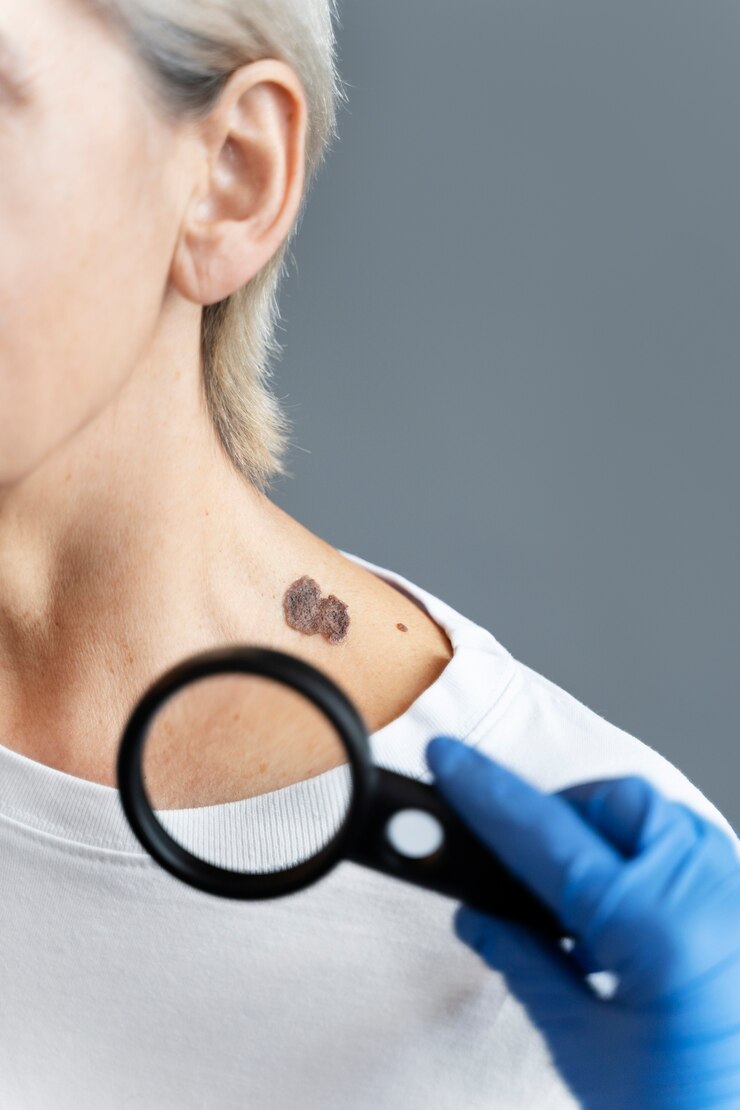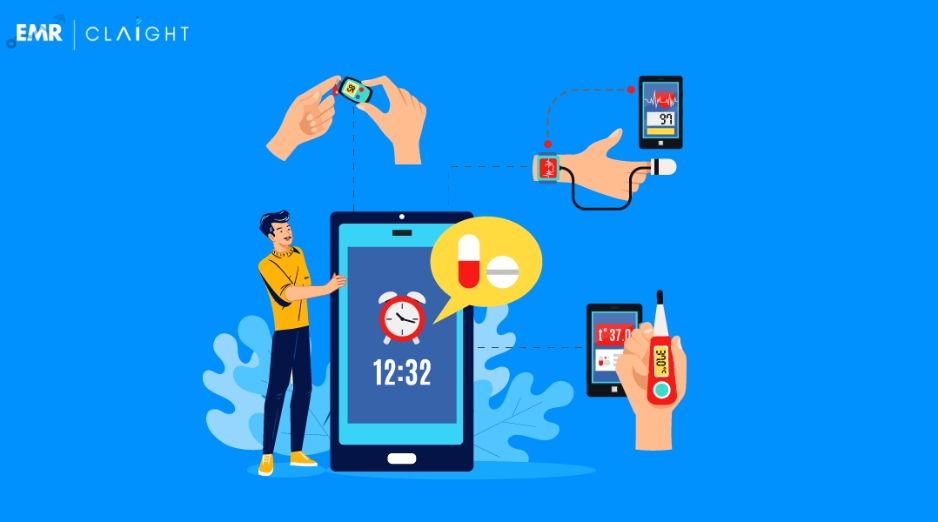Warts are common skin growths caused by the human papillomavirus (HPV). They can appear anywhere on the body, and different types of warts require tailored treatments for effective removal. Wart removal in San Antonio offers multiple treatment options for various types of warts, from common hand warts to more challenging plantar warts. In this blog, we’ll explore the different types of warts, the treatment options available in San Antonio, and what you can expect from each approach.
Understanding Different Types of Warts
Warts can vary in appearance and treatment difficulty, depending on their type and location. Here are some of the most common types:
- Common Warts
Typically found on the hands, common warts are small, rough, and dome-shaped. They often have a grainy texture and may have black dots (clotted blood vessels) on their surface. - Plantar Warts
Located on the soles of the feet, plantar warts grow inward due to pressure and can cause discomfort when walking. They may appear flat, with a thickened, calloused surface, often with small black spots. - Flat Warts
These are smaller and smoother, appearing in clusters, usually on the face, neck, or hands. Flat warts are common in children and tend to spread easily. - Filiform Warts
Filiform warts are long, narrow, and often grow on the face, especially around the mouth, nose, and eyes. They have a flesh-colored appearance and grow quickly. - Periungual Warts
Found around the nails, periungual warts can be painful and may affect nail growth. They are often rough and have an irregular surface.
Knowing the type of wart you have can help in selecting the most appropriate removal treatment.
Common Wart Removal Treatments in San Antonio
- Cryotherapy (Freezing)
Cryotherapy is a common and effective method of wart removal that involves freezing the wart with liquid nitrogen. The extreme cold causes the wart tissue to die, and it falls off within a few days. Cryotherapy is effective for most wart types but may require multiple treatments.- Pros: Quick and effective for many wart types.
- Cons: Can cause discomfort and may require several sessions.
- Laser Therapy
Laser therapy is often used for warts that are resistant to other treatments. A targeted laser beam is directed at the wart, destroying the tissue and, eventually, the wart itself. Laser therapy is often effective for plantar warts and those that have recurred after other treatments.- Pros: Precise and effective for stubborn warts.
- Cons: Higher cost, potential for mild discomfort, and may require multiple sessions.
- Salicylic Acid Treatment
Salicylic acid is available in both prescription and over-the-counter forms. This method involves applying the acid to the wart, which exfoliates the tissue and gradually removes the wart. Salicylic acid is often effective for common and plantar warts but requires daily application over several weeks.- Pros: Convenient for at-home use, cost-effective.
- Cons: Slower than other methods and may be less effective for deep-seated warts.
- Immunotherapy
Immunotherapy uses the body’s immune system to fight the virus causing the wart. This can involve applying a topical solution or injecting substances that stimulate an immune response. Immunotherapy is often used for stubborn warts that haven’t responded to other treatments.- Pros: Can be effective for resistant warts, especially for patients with multiple warts.
- Cons: Requires multiple visits and may cause mild discomfort.
- Electrosurgery and Curettage
This method involves scraping off the wart and using an electric needle to destroy any remaining tissue. Electrosurgery and curettage are highly effective for larger or resistant warts.- Pros: Effective and provides immediate results.
- Cons: Can cause scarring, and local anesthesia may be needed.
- Cantharidin Application
Cantharidin is a chemical that causes the skin under the wart to blister, eventually killing the wart tissue. The dermatologist applies it directly to the wart, and within a few days, the wart lifts off with the blistered skin.- Pros: Pain-free application.
- Cons: Limited availability and requires professional application.
When to Seek Professional Wart Removal
While over-the-counter treatments can be effective for minor cases, certain situations call for professional care. Consider visiting a specialist in wart removal in San Antonio if:
- The wart is painful, large, or spreading.
- It’s in a sensitive area, like the face or genitals.
- Previous treatments have failed.
- You have multiple warts that are difficult to treat individually.
What to Expect During a Wart Removal Appointment
- Consultation
During your initial consultation, the dermatologist will examine the wart, assess its type and size, and discuss your treatment options. They’ll recommend a treatment based on your specific wart type and medical history. - Procedure
Most wart removal procedures are quick and can be done during the same visit. Depending on the method, the procedure may involve numbing the area or multiple visits to ensure complete removal. - Aftercare
After the treatment, the specialist will provide instructions on how to care for the treated area. Proper aftercare minimizes the risk of infection and scarring and can help prevent the wart from returning.
Tips for Preventing Future Warts
Preventing warts involves practicing good hygiene and avoiding contact with HPV:
- Avoid Touching Warts: Touching warts can spread them to other areas or to other people.
- Wear Flip-Flops in Public Showers: Plantar warts are often spread in warm, moist areas like locker rooms and pools.
- Don’t Share Personal Items: Avoid sharing towels, razors, or shoes.
- Keep Hands and Feet Dry: Moisture can create an environment where warts thrive, so keep hands and feet dry.
FAQs on Wart Removal in San Antonio
1. How many treatments are usually required to remove a wart?
Most warts can be removed in one to three treatments, but more stubborn or deeply rooted warts may require additional sessions.
2. Is wart removal painful?
Some methods, like cryotherapy and laser therapy, may cause mild discomfort, but numbing agents are typically used to minimize pain.
3. Can warts come back after removal?
Warts can recur, especially if the underlying virus is not fully eradicated. Following post-treatment care and practicing preventive measures can reduce the risk.
4. Are home treatments as effective as professional removal?
Home treatments like salicylic acid can be effective for minor cases, but professional removal is often more efficient and reduces the risk of recurrence.
5. Is wart removal covered by insurance?
Insurance coverage varies, so check with your provider. Medically necessary treatments are more likely to be covered than cosmetic procedures.
Conclusion
Understanding the different types of warts and their treatment options can help you choose the best method for effective removal. For those seeking wart removal in San Antonio, consulting a professional dermatologist provides access to various specialized treatments, ensuring efficient results tailored to your needs. With the right care and preventative measures, you can enjoy clear, wart-free skin.




